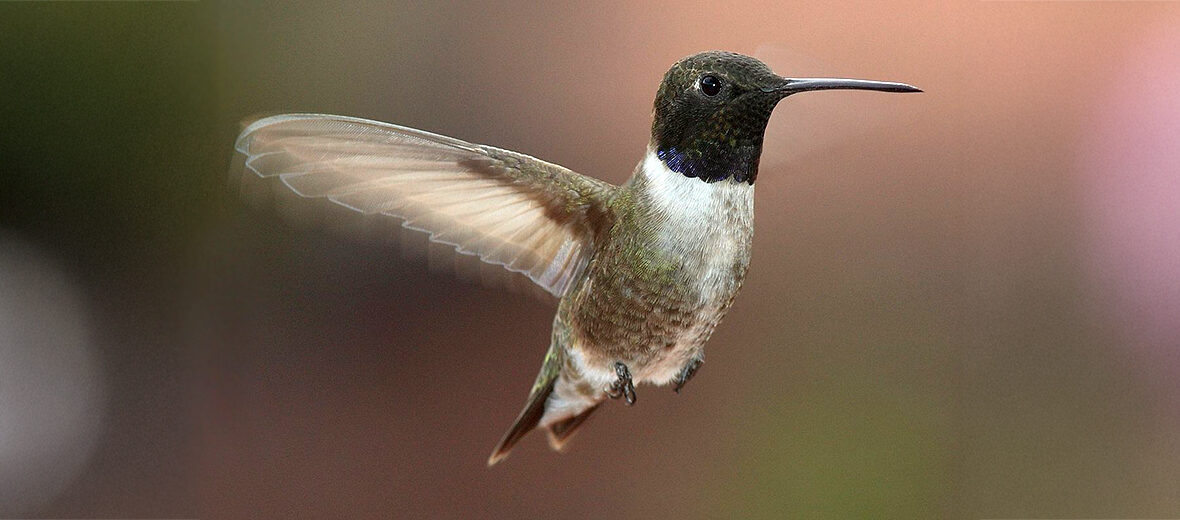
The black-chinned hummingbird has a broad range of habitats from Canada, Mexico, and the United States. These hummingbirds are migratory and travel great distances to overwinter in the south. Some of the threats they face are habitat loss and destruction at the hands of residential and commercial developments; accidental poisoning; and invasive species that can lead to predation. However, these tiny critters are abundant and their population trend is listed as increasing, so they are listed with the IUCN as Least Concern.
First the Stats…
Scientific name: Archilochus alexandri
Weight: Up to .17 ounce
Length: Up to 3.54 inches
Wingspan: Up to 4.33 inches
Lifespan: Up to 11.2 years
Now on to the Facts!
1.) As of 2020, there were an estimated 8,800,000 wild individuals.
2.) These hummingbirds often breed with Anna’s, Lucifer, broad-tailed, and Costa’s hummingbirds creating hybrids like the Trochilus violajugulum.
3.) As of 2011, these hummingbirds have the smallest known genome of all living amniotes, only 0.91 pg (910 million base pairs).
4.) The young are born almost completely featherless, but grow a complete set of feathers within 3 weeks of hatching.
5.) Their call is a rapid, high-pitched chirp.
But wait, there’s more on the black-chinned hummingbird!
6.) They prefer to inhabit orchards, shaded canyons, and riparian woods.
7.) These hummingbirds utilize diving displays of up to 60 feet for courting and territorial reasons. When diving they produce an audible trill sound as the air passes through their feathers.
Did you know…?
The wings of these critters can beat as fast as 80 times per second during normal flights and up to 200 times per second during courtship and territorial display flights!
8.) Females lay 2 tiny white eggs that hatch in up to 16 days.
9.) Black-chinned hummingbirds feed on nectar from flowers utilizing a long extendable tongue and even catch insects on the wing (in mid flight). While collecting nectar, they also aid in plant pollination.
10.) Nests are often built next to larger predatory birds for protection. The larger birds don’t prey on these tiny birds, so they are afforded a degree of safety.
Now a Short Black-Chinned Hummingbird Video!
Be sure to share & comment below! Also, check out the Critter Science YouTube channel. Videos added regularly!
Want to suggest a critter for me to write about? Let me know here.
Some source material acquired from: Wikipedia & IUCN




